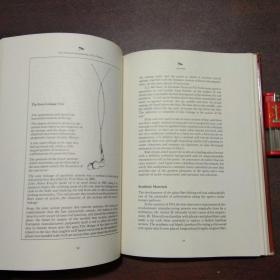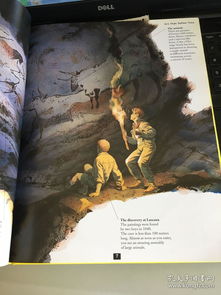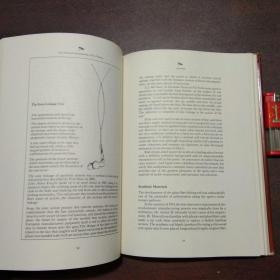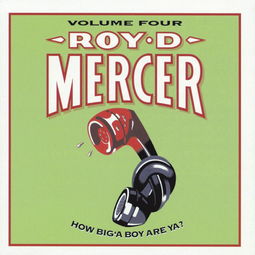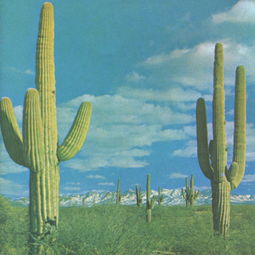Mastering the Art of Wild Fishing: A Comprehensive Guide with Pro Tips
Introduction
Wild fishing, an activity steeped in tradition and adventure, offers a unique way to connect with nature and enjoy the thrill of the hunt. Whether you're a seasoned angler or a beginner looking to cast your line into the unknown, mastering the art of wild fishing can transform your outdoor experiences. In this article, we delve into essential wild fishing techniques, share valuable tips, and provide a guide on how to craft engaging and informative fishing content for your audience.
Essential Wild Fishing Techniques
Choosing the Right Location
The first step in wild fishing success is selecting the perfect spot. Research local hotspots, consider the type of fish you're targeting, and be aware of seasonal patterns. Look for areas with clear water, abundant vegetation, and signs of fish activity such as baitfish or birds diving.

Understanding the Water
Familiarize yourself with the water's characteristics. Observe currents, water depth, and structure. Understanding these elements will help you predict where fish might be hiding and how to approach them effectively.
Choosing the Right Gear
Invest in quality gear that matches the species you're targeting. A lightweight rod and reel for trout, for example, might be overkill for bass fishing. Pay attention to line strength, lure size, and bait type based on the fish's preferences and the environment.
Mastering the Cast
Practice your casting technique to ensure accuracy and distance. Learn to cast with the wind to your advantage, and experiment with different casts for different situations, such as the roll cast for shallow water or the overhead cast for long distances.
Reading the Water
Observe the water's surface for signs of fish activity. Birds diving, surface disturbances, and ripple patterns can indicate the presence of fish. Pay attention to these cues to anticipate and capitalize on feeding frenzies.
Crafting Engaging Fishing Content
Start with a Compelling Hook
should capture the reader's interest. Use keywords like "pro tips," "ultimate guide," or "masterclass" to convey that your content is valuable and informative.
Provide a Clear Structure
Organize your content with headings and subheadings for easy navigation. Break down the information into digestible sections, making it easier for readers to find the information they need.
Share Personal Experiences
Incorporate personal anecdotes and experiences to make your content relatable. Readers love stories that bring the fishing experience to life and offer a glimpse into the author's passion.
Include Visuals
Use high-quality images and videos to illustrate your points. Visuals can help readers visualize techniques and understand complex concepts more easily.
Offer Actionable Tips
Provide specific, actionable advice that readers can implement in their own fishing adventures. Include step-by-step instructions, gear recommendations, and troubleshooting tips.
Encourage Engagement
End your article with a call to action, inviting readers to share their own experiences, ask questions, or sign up for a newsletter for more fishing content.
Sample Fishing Content Outline
A. Introduction
- Briefly introduce the topic of wild fishing.
- State the purpose of the article: to provide valuable tips and techniques for successful wild fishing.
B. Choosing the Right Location
- Discuss the importance of research and understanding local hotspots.
- Provide examples of fish species and their preferred habitats.
C. Understanding the Water
- Explain how to read currents, water depth, and structure.
- Offer tips on identifying fish-holding areas.
D. Choosing the Right Gear
- Outline the gear needed for different fish species.
- Provide recommendations for rods, reels, lines, and lures.
E. Mastering the Cast
- Break down the casting process into steps.
- Offer tips for improving casting accuracy and distance.
F. Reading the Water
- Describe how to interpret surface signs of fish activity.
- Share examples of what to look for and how to react.
G. Crafting Engaging Fishing Content
- Offer advice on creating compelling titles and structuring content.
- Encourage the use of personal stories and visuals.
H. Conclusion
- Summarize the key points discussed in the article.
- Reiterate the value of wild fishing and invite readers to share their experiences.
Conclusion
Wild fishing is an art that combines skill, patience, and a deep appreciation for nature. By mastering the techniques and crafting engaging content, you can share your passion with others and inspire them to explore the joys of fishing. Whether you're out on the water or sharing your knowledge, remember that the love for the sport is what truly connects us all. Happy fishing!


